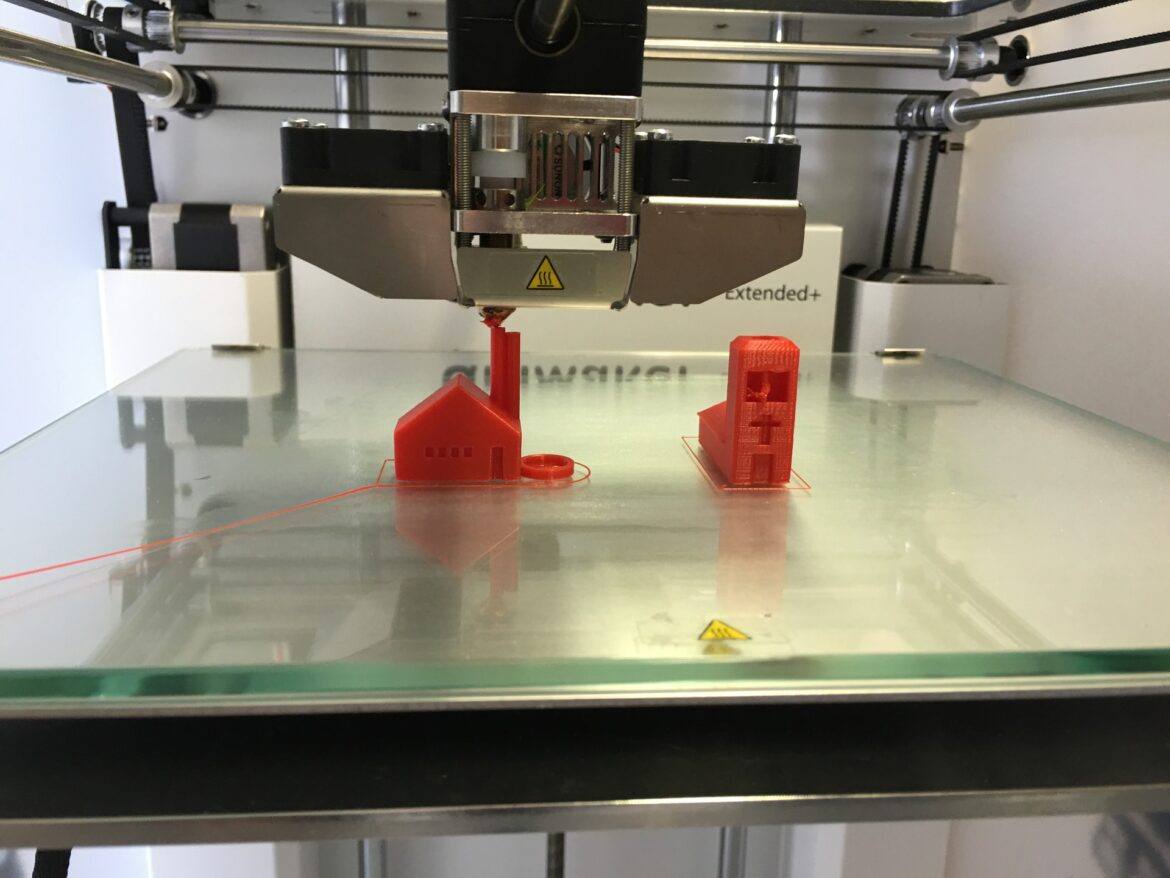Within a few years, the widespread use of 3D technology will revolutionize the manufacturing process. The ability to replicate objects will soon be as complete as those of the replicators on Star Trek. Set your phasers to stun because using additive technology in the classroom is increasingly important to impress your students. You’ll not only impress the kids, but also prepare them as future entrepreneurs, engineers, and creative designers.
How to Use 3D Tech in the Classroom
Additive technology encourages critical thinking, creativity, and classroom participation at all levels of education. In the Wells Primary School in Essex, England, ICT Coordinator Jane Rolfe commented on their 3D program: “The children were more engaged in solving problems with their designs than I have ever seen them and the realization that there would be a ‘real’ end product made a vast difference to their learning. Maths, computing, D&T [design and technology] overlapped seamlessly during lessons.”
With 3D technology, students can understand abstract problems. They can make mistakes and learn about the consequences. The following 10 ways are just a few examples of the possibilities of 3D in the classroom.
1. Chemistry Lab
Teachers can create chemistry labs with scaled models of atoms, molecules, and chemical compounds. You might remember ball-and-stick models used in high school when you were a student. Today, you and your students can print your own chemical compounds. All you need to do is locate the appropriate chemical compound by posting a four-step instructable to get the structure.
2. Topographical Maps
You can use 3D technology to raise geography to new levels by showing more complete topographical features. Chrissie Mahl, a Virginia educator, used 3D technology to teach students about the unique geographical features of Virginia. She and her students created models of the Blue Ridge Mountains, coastal plains, Piedmont, valleys, and the Appalachian Mountains.
3. Prototypes for Engineering Students
Teachers throughout the world are working hard to integrate STEM into their curricula. 3D printing can facilitate building models to learn about complex engineering and architectural design problems. It’s never too early to begin learning how technology and engineering integrates with math and science. Recent research suggests that American students are poorly prepared. The United States ranked 31st in math and 18th in science out of 35 industrialized countries.
4. Surgical Precision
Instead of dissecting frogs, students can assemble a frog, rabbits, or prehistoric creature from 3D parts that fit precisely. Students can learn about the amazingly complex relationships between muscles, bones, skin, and the circulatory system. It’s easy now to create a human skeleton without sending Igor on a graveyard mission.
5. Replicate Teaching Aids
New learning materials often come with high price tags, and many teachers buy their own supplies when bureaucratic approval becomes difficult to get when opportune teaching moments arrive. These resources can be easily and quickly duplicated with 3D technology at much lower costs.
6. Culinary Education
Cooking class inspires a new generation of chefs and restaurateurs in the age of celebrity chefs. You can inspire your students with the ability to create custom food molds to enhance the ability to create molecular gastronomy delights and signature dishes.
7. Design a Bug
Students can view accurate models of common bugs that are so incredible that nothing else is needed to gain their full attention. However, you can ramp up interest by letting students design their own bugs. Students will learn complex engineering concepts such as how to make the legs move and support the insect body’s weight.
8. Automotive Education
The days of dirty garages and shops often discouraged girls from learning about cars and their components. 3D printing allows teachers to replicate clean parts that are easy to handle in the classroom without taking a field trip to a garage. Students can take the components of a transmission apart and reassemble it. Complex mechanical problems are easy to understand with a hands-on approach that doesn’t always involve grease and oil.
9. Biology Class
If you need demonstration models of internal organs, 3D enables you to produce a heart, lung, kidney, or other organs. You can replicate any specimen or organ to produce as many items as you need with an astonishing degree of detail.
10. Graphic Design
Graphic design is where you can really engage your students because additive technology can bring art and video characters to life. You can model video game heroes and villains, crazy special effects, and characters from fiction. Students can create their own designs to really ramp up the “wow” factor.
Getting Started with 3D Education
Just a few years back, additive technology was an expensive hobby. However, prices are becoming more affordable, and your district can probably afford a 3D printer easily now, even if it’s only for shared use. Also, you can make a 3D printer with your students. There are also many affordable components like stepper motors for the 3D printer, and you can easily buy them online. The most popular size of stepper motors for 3D printers is NEMA 17, and most 3D printers use 1.8 deg/step motors. A few years ago, the price may have been a barrier, but this is no longer true. Printers are fast, reliable, inexpensive, and easy to operate, and there are many 3D printer applications for determined educators. You owe it to your students to prepare them for the paradigm changes that additive technology will bring to business, education, and manufacturing over the next few years.
This is a guest blog by Kuzma Cao. Cao is a stepper motor product engineer, specializing in the motion control industry for more than 10 years. Cao has a good background in technology is keen to provide news, views, and insight into the latest trends in 3D printing and motion across the board including the pioneering home users, the maker community, and industrialists for other motion control system.

